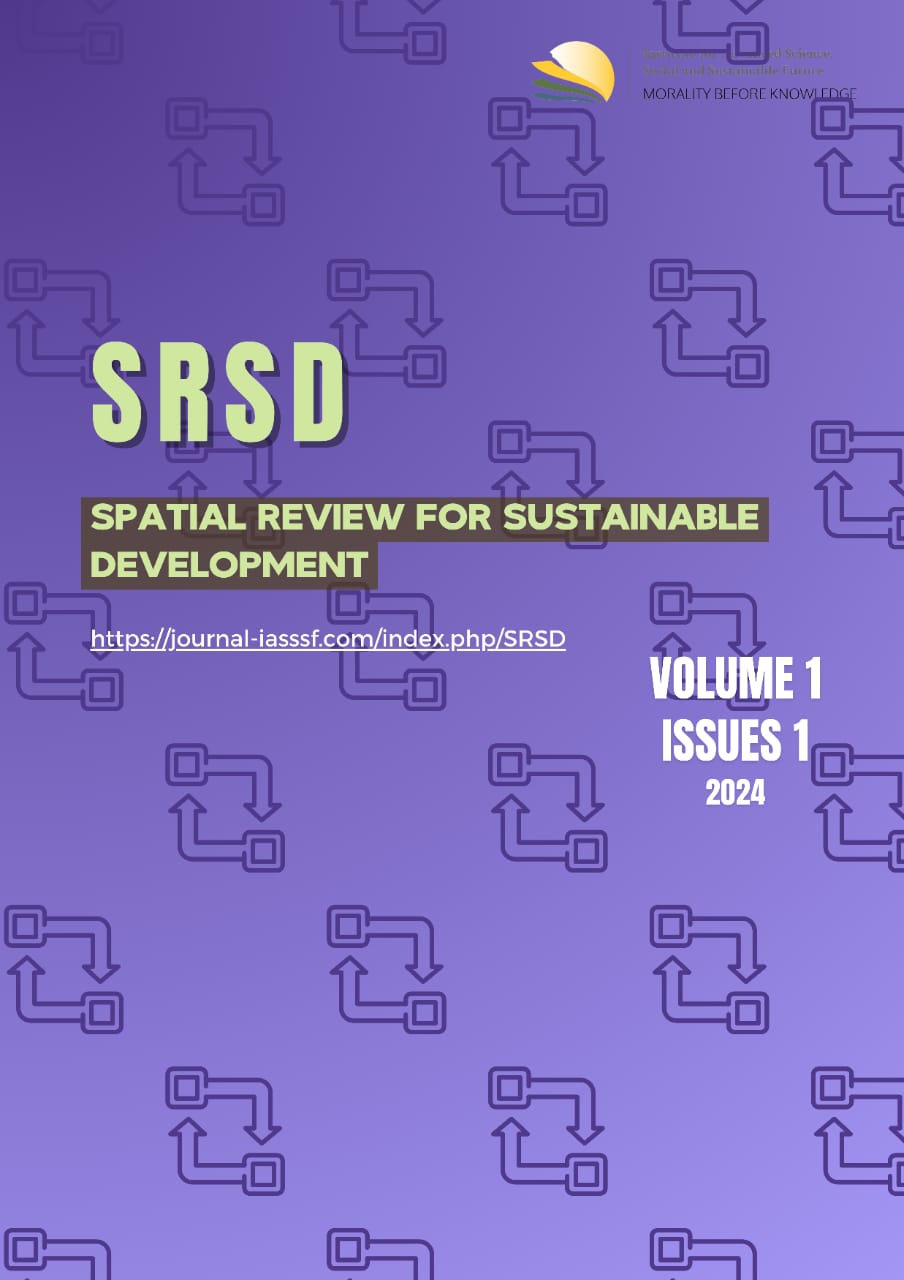Study of surface flow discharge in the bompon sub watershed, Magelang District
DOI:
https://doi.org/10.61511/srsd.v1i1.2024.362Keywords:
buoy; downstream; middle; upstream; water discharge.Abstract
Background: The Bompon sub-watershed can be divided into 3 parts, namely upstream, middle and downstream and has a catchment area in residential areas and mixed gardens. The five river areas in the Bompon Sub-watershed have different levels of water discharge. This is influenced by the area size, rainfall, land cover, slope, shape of the watershed area, and density of rivers in the watershed area. This research was conducted in Margoyoso Village, with the aim of knowing the amount of river water discharge in the upstream, middle and downstream Bompon Sub-watershed, residential catchment areas and mixed gardens. Methods: In this research, water flow discharge was calculated using the Area-velocity Method using floats. This study uses a quantitative approach. The object of this research is the amount of flow discharge in the five river sections, while the subject of this research is the observation water points in the five river sections in the Bompon Sub-watershed. Findings: The results of this research show that the largest discharge magnitude is in the downstream section. Meanwhile, the smallest discharge amount is in the middle section, because the river order in the downstream section is a meeting between several river orders in the upstream and middle sections. Conclusion: Then for measuring surface flow discharge in the water catchment area, it shows that the amount of discharge in residential areas does not contain flowing water. This is caused by land use factors around the weir which are dominated by residential areas, where there are buildings which make it difficult for water to enter the ground. Meanwhile, in mixed plantation areas there is a fairly large amount of discharge, because the water supply comes from subsurface flows or seepage.
References
Hauteas, I., Messakh, J. J., & Tamelan, P. G. (2021). STUDY OF THE LILIBA RIVER FLOW, KUPANG CITY, IN THE SEMI-ARID AREA USING A FLOATING EQUIPMENT AND A FLOW METER. BATAKARANG, 2(2), 14-20. https://jurnalbatakarang.ptbundana.org/index.php/batakarang/article/view/58
Iryanthony, SB, Hakeem, AR, Rahmadewi, DP, & Fitriyani. (2019). Drought Management Strategy for the Bompon Sub-Watershed Community on the Volcanic Foot Slopes of the Sumbing Mountains. Journal of Geography, 16(1), 33–39. https://doi.org/10.15294/jg.v16i1.xxxx.
Government Regulation Number 37 of 2012 concerning River Watershed Management. https://leap.unep.org/en/countries/id/national-legislation/government-regulation-pp-number-37-2012-concerning-river
Sulaxono, RWF, Indrayatie, ER, & Kadir, S. (2020). Analysis of Water Discharge in the Nahiyah Sub-Watershed of the Asam-Asam Watershed, Tanah Laut Regency. Sylva Scientae Journal, 3(4), 730. https://doi.org/10.20527/jss.v3i4.2356.
Downloads
Published
Issue
Section
Citation Check
License
Copyright (c) 2024 Spatial Review for Sustainable Development

This work is licensed under a Creative Commons Attribution 4.0 International License.














